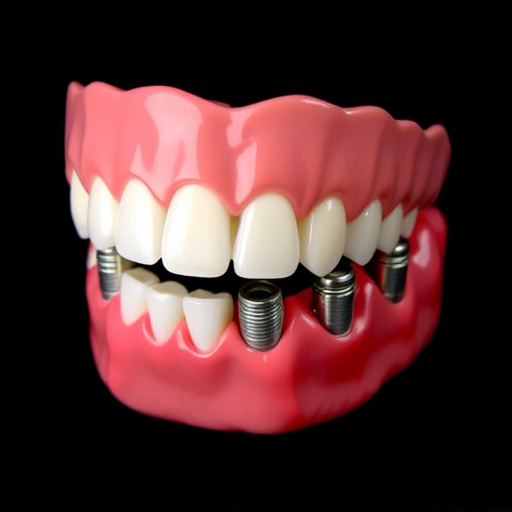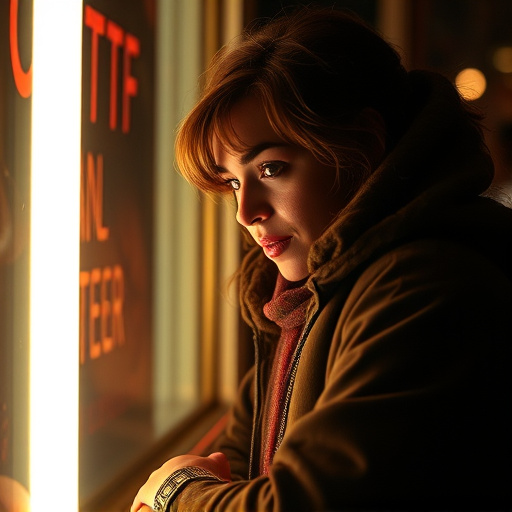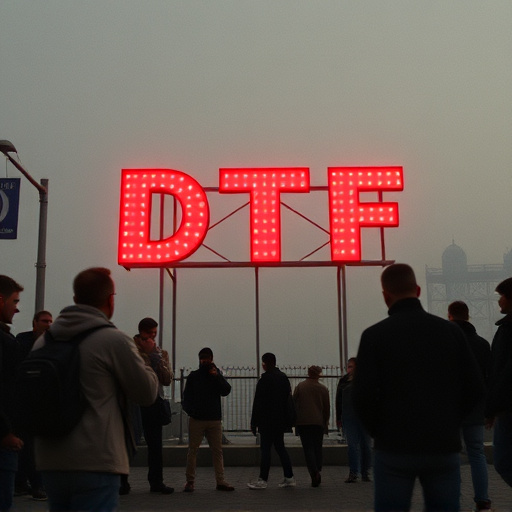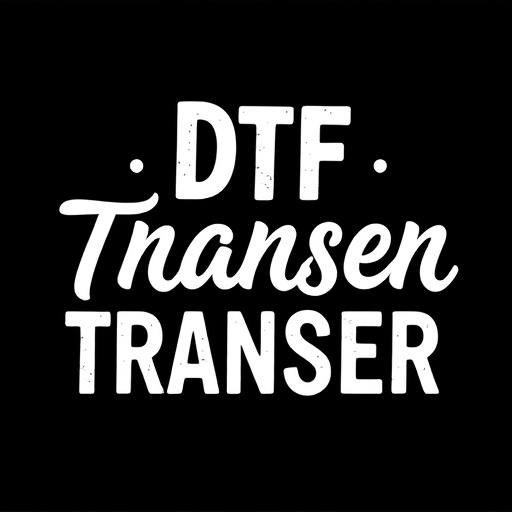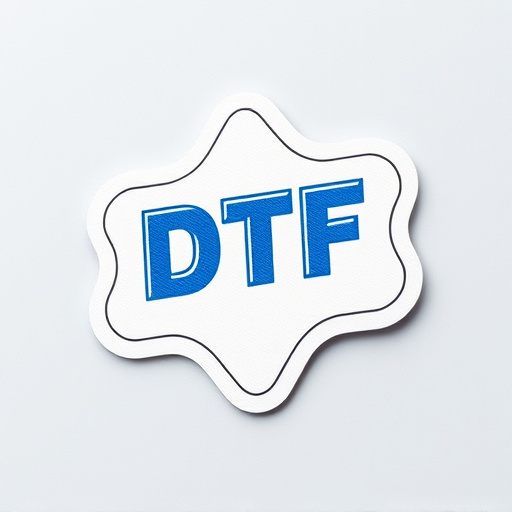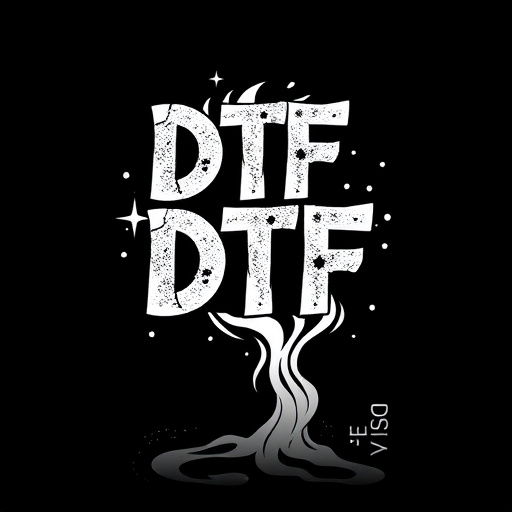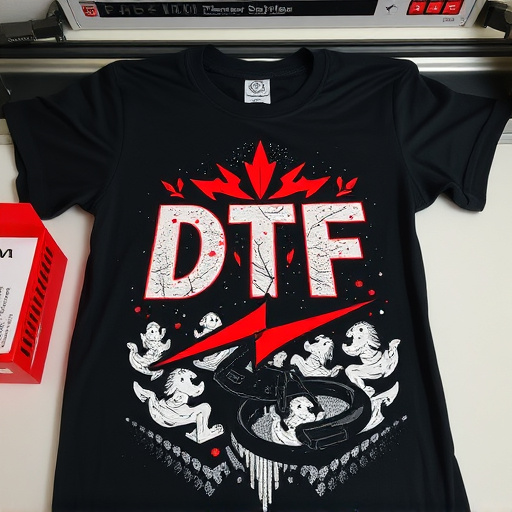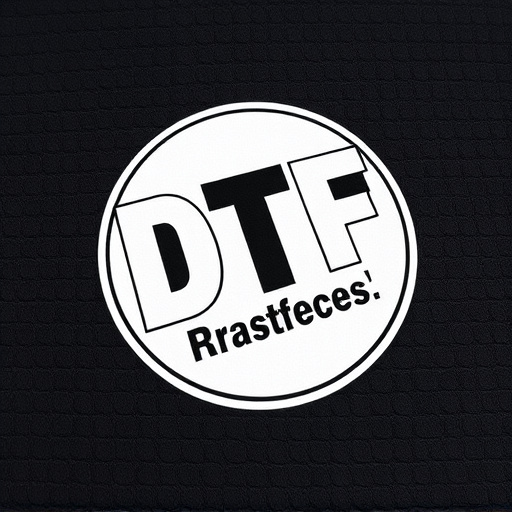Direct-to-Film (DTF) technology is transforming business operations in marketing and advertising by offering unparalleled quality and versatility for transferring digital content to film. Ideal for high-impact promotional materials like billboards, point-of-sale displays, and event branding, DTF provides vibrant colors, complex designs, and fine detail reproduction. With the rise of digital media, DTF offers a durable alternative to traditional printing, especially valuable for outdoor advertising. It also enables dynamic content updates in real-time, opening doors for interactive marketing campaigns. Commercial-grade DTF transfers involve meticulous preparation, scanning, conversion, and printing processes, requiring advanced equipment and maintenance for consistent quality. The technology has proven its adaptability across sectors, enhancing visual communication and engagement in retail, hospitality, and events, significantly boosting brand visibility and customer interaction.
“In the realm of business applications, Commercial-grade Direct-to-Film (DTF) transfers are revolutionizing data visualization and brand engagement. This cutting-edge technology allows for high-quality, permanent printing directly onto film, offering unparalleled versatility in marketing, event promotion, and interactive displays. Understanding DTF’s unique benefits and the equipment required is essential for businesses aiming to stand out. This article explores the entire DTF transfer process, from media selection to final product, addressing common challenges and showcasing successful implementations across various industries, all while emphasizing the power of DTF in modern business practices.”
- Understanding Direct-to-Film (DTF) Transfers: A Commercial Perspective
- Benefits of Using DTF for Business Applications
- Choosing the Right Equipment for High-Quality DTF Transfers
- The Process: From Original Media to Final Film Product
- Common Challenges and Their Solutions in Commercial DTF Transfer
- Case Studies: Successful DTF Implementations in Various Industries
Understanding Direct-to-Film (DTF) Transfers: A Commercial Perspective

Direct-to-Film (DTF) transfers are a cutting-edge technology transforming business operations, particularly in marketing and advertising. This innovative process involves transferring digital content directly onto film, offering unparalleled quality and versatility for commercial applications. Unlike traditional printing methods, DTF allows for complex designs, vibrant colors, and fine detail reproduction, making it an ideal choice for high-impact promotional materials like billboards, point-of-sale displays, and event branding.
With the rise of digital media, businesses now seek tangible, physical marketing collateral to make a lasting impression. DTF transfers cater to this demand by providing a durable and visually striking alternative to traditional printing. This technology is especially valuable for outdoor advertising where elements like weather resistance and longevity are essential. Additionally, DTF’s ability to incorporate dynamic content in real-time opens up new possibilities for interactive and personalized marketing campaigns.
Benefits of Using DTF for Business Applications
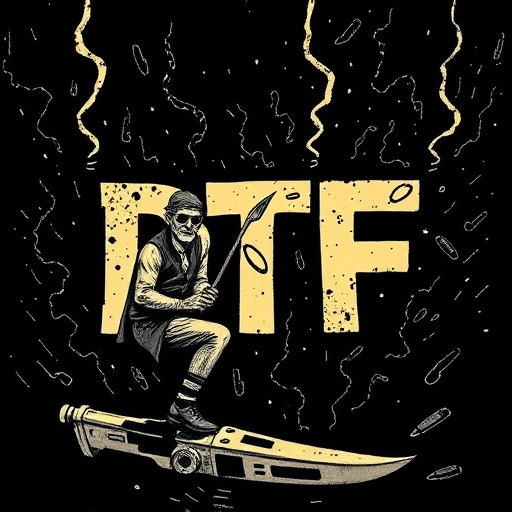
Direct-to-film (DTF) transfers offer a range of benefits for business applications, revolutionizing the way companies create and utilize visual content. Firstly, DTF provides an unparalleled level of quality, ensuring that images and videos are reproduced with crisp detail and vibrant colors, ideal for professional presentations and marketing materials. This high-quality output can significantly enhance brand image and customer engagement.
Additionally, DTF is a cost-effective solution for businesses, eliminating the need for expensive printing presses or specialized equipment. It streamlines production processes, allowing for faster turnaround times and greater flexibility in designing custom content tailored to specific business needs. Moreover, DTF’s durability makes it suitable for outdoor signage and long-term displays, ensuring that marketing messages remain impactful and visible for extended periods.
Choosing the Right Equipment for High-Quality DTF Transfers
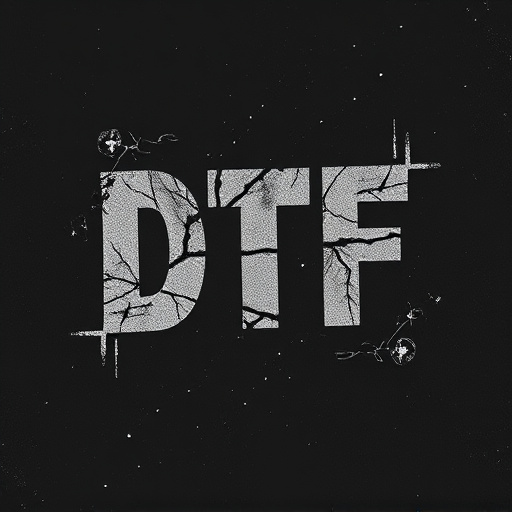
When embarking on commercial-grade direct-to-film (DTF) transfers, selecting the appropriate equipment is paramount to achieving high-quality results. The process demands precision and attention to detail, making it crucial to invest in top-tier technology. Professional-level scanners and printers are essential tools for capturing and reproducing intricate visuals accurately. High-resolution scanners with advanced sensor capabilities ensure every pixel is captured, enabling crisp and detailed prints.
Additionally, choosing inkjet or laser printers specifically designed for DTF applications can significantly impact the final output. These printers offer vibrant color accuracy, fast drying times, and durability, ensuring the films are ready for various business uses, from window graphics to pop-up displays. Calibrated equipment and consistent maintenance routines contribute to maintaining quality standards across multiple projects.
The Process: From Original Media to Final Film Product

The process of creating commercial-grade direct-to-film (DTF) transfers involves several meticulous steps to ensure a high-quality final product. It begins with the acquisition of the original media, which could be various formats such as VHS tapes, outdated DVDs, or even ancient film reels. These sources are carefully examined to assess their condition and determine the best course of action for restoration and transfer.
The next stage involves preparation: cleaning and repairing the original media to ensure optimal image and sound quality. This may include digitizing the content, enhancing it using specialized software, and ensuring compatibility with modern systems. Once ready, high-resolution scanning is employed to capture every detail from the original source. The scanned data is then converted into a digital format suitable for film transfer, where it undergoes further adjustments to meet industry standards. Finally, advanced printing techniques are used to create negative films, which are subsequently processed to yield the desired final film product—a perfect replica of the original media, ready for distribution or archival purposes.
Common Challenges and Their Solutions in Commercial DTF Transfer
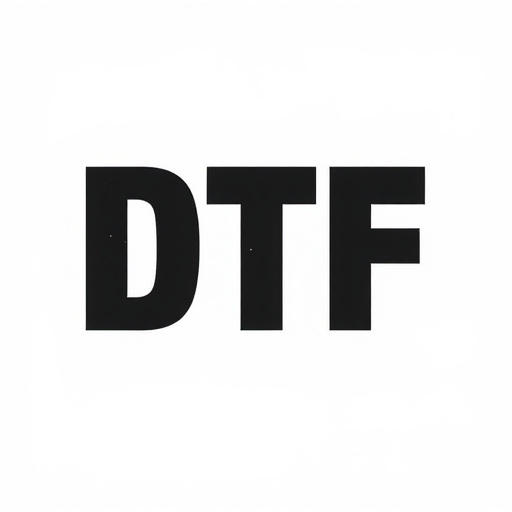
Commercial-grade direct-to-film (DTF) transfers present unique challenges that can impact image quality and application performance. One of the primary hurdles is achieving high resolution while maintaining color accuracy across various media types. Solutions involve utilizing advanced imaging sensors and precise printing techniques to capture intricate details without introducing artifacts or color shifts.
Another challenge lies in ensuring durability and resistance to environmental factors like fading, scratching, and moisture. DTF transfers employ protective coatings and specialized inks designed to withstand daily use and exposure to light. Additionally, implementing robust quality control measures during the transfer process helps address inconsistencies and ensures each film maintains the same exceptional standards, thereby enhancing overall application reliability.
Case Studies: Successful DTF Implementations in Various Industries

Direct-to-film (DTF) technology has proven its versatility and value across diverse industries, leading to successful implementations that enhance visual communication and engagement. Case studies highlight its effectiveness in retail, where DTF is used for eye-catching display materials, pop-up stores, and promotional items, significantly boosting brand visibility and customer interaction.
In the hospitality sector, DTF has revolutionized menu design and branding, allowing hotels and restaurants to showcase high-quality food photography, special offers, and seasonal promotions directly on film, creating an immersive experience for diners. Additionally, event organizers utilize DTF for innovative presentations, exhibitions, and trade shows, ensuring captivating visuals that leave a lasting impression on attendees.
